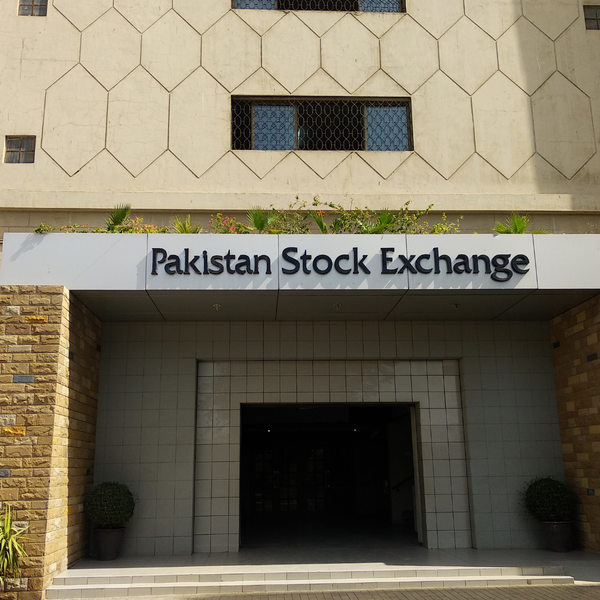Emerging-market dollar debt tops $250B in 2025's first half, led by Gulf issuers
GCC accounts for over a third of total issuance as Saudi Arabia, UAE drive growth
Business Desk
The Business Desk tracks economic trends, market movements, and business developments, offering analysis of both local and global financial news.

U.S. dollar debt issuance from emerging markets remained strong in the first half of 2025, with issuers from Gulf Cooperation Council (GCC) countries, Malaysia, Indonesia and Turkiye accounting for more than half of total issuance, excluding China, Fitch Ratings said Monday.
The resilience was driven by large financing needs, upcoming maturities and diversification strategies. GCC countries, seen as relative safe havens amid ongoing U.S. trade tensions, were among the main beneficiaries of foreign inflows during the period, Fitch said.
The GCC’s debt capital market (DCM) surpassed $1 trillion in outstanding volume in 1H25, with regional issuers making up 35.5% of total emerging-market dollar issuance. That share is expected to grow further, led by Saudi Arabia and the United Arab Emirates, and with Kuwait expected to return to the market later this year.
Saudi Arabia’s debt growth is being fueled by Vision 2030 infrastructure spending, fiscal deficits and economic diversification plans. In the UAE, while budget surpluses are projected, debt issuance is rising as part of broader funding diversification and the implementation of the Dirham Monetary Framework.
Outside the Gulf, issuance in Malaysia is expected to slow as the government pursues fiscal consolidation. Indonesia’s market is projected to remain active through the second half of 2025, while Turkiye is forecast to see modest growth. Fitch expects issuance across many emerging markets to be supported by falling oil prices—projected at $70 per barrel for 2025 and $65 for 2026—and anticipated interest rate declines.
Sukuk issuance continues to be a defining feature in several EM debt markets. As of the end of 1H25, sukuk accounted for 61.1% of outstanding debt in Saudi Arabia, 59.3% in Malaysia, and held a notable share in the UAE (21.9%), Indonesia (18%), and Qatar (17.8%).
Fitch reported that demand for sukuk is outpacing supply, fueled by Islamic banks that are restricted from investing in conventional bonds but have sufficient liquidity. About 80% of U.S. dollar sukuk were rated investment grade at mid-year, with no defaults reported. ESG sukuk made up 41% of all ESG-related dollar debt issuance in EMs, with the remainder in bonds.
Dollar-denominated debt issuance in emerging markets reached more than $250 billion in 1H25, with Saudi Arabia leading all countries at 18.9% of the total. Brazil followed with 10.6%, then the UAE (8.7%), Mexico (7%), Turkiye (6.7%), Indonesia (6.4%), Malaysia (4.1%) and Qatar (3.2%). Sukuk made up 13.7% of all EM dollar issuance, up from 12% in 2024.
Fitch noted that geopolitical risks remain elevated in the Middle East, and military activity could resume, but regional debt markets were resilient to the June conflict.
Foreign investor interest in emerging markets is rising amid concerns over U.S. trade policy and a weakening dollar. In the Islamic finance space, foreign ownership of domestic government debt is highest in Malaysia at 21.8%, followed by Indonesia (14.5%), Turkiye (8.6%) and Saudi Arabia (7.7%).
Inclusion of these countries in global bond indices has also supported inflows. The combined share of Indonesia, Malaysia and Turkiye in the J.P. Morgan Government Bond Index-Emerging Markets reached 21.4% by mid-2025. Saudi sukuk are under consideration for inclusion, while the UAE’s eligibility for the Emerging Market Bond Index is under review for 2026.
Total outstanding EM dollar debt, excluding China, stood at $2.5 trillion at the end of June. Mexico accounted for the largest share at 11.3%, followed by Saudi Arabia at 10.1% and the UAE at 8.7%.










Comments
See what people are discussing